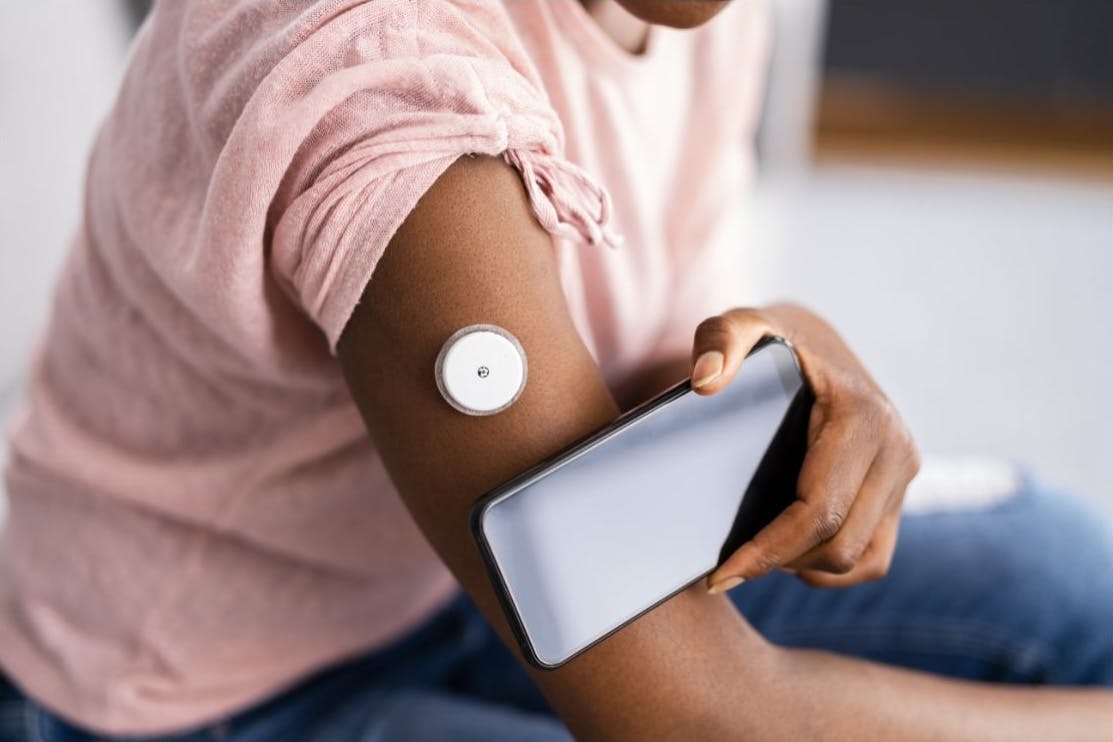Medtech in the Olympics
Breaking records. Jaw-dropping headlines. The human body doing awe-inspiring things.
Did you think we were talking about medtech? Well, we are. But these descriptions are also relevant to scenes we’ll soon see as the world’s favorite event unfolds in Paris this month.
From the Olympics to high school sports, medical innovation continues to become more and more relevant to sports. Already comfortable with wellness tools like fitness trackers, athletes have begun turning to other technologies to gain an edge in their performance.
This year’s hot personal optimization tool among Olympians? A familiar piece of diabetes tech, the continuous glucose monitor (CGM).

CGMs for non-diabetics?
Olympians may be more high-profile users, but they’re not the only ones turning to CGMs from outside the usual diabetic patient pool. In fact, major CGM manufacturers like Dexcom and Abbott say they are beginning to target a non-diabetic user base more and more.
Why might now be the perfect time to market CGMs for non-diabetics? There are a few reasons:
- The GLP-1 weight loss drug boom has fueled more interest in the regulation of blood sugar.
- The FDA recently approved the first over-the-counter CGM from Dexcom.
- CGMs are getting simpler and easier to use—Abbott just won U.S. approval for a stick-on arm patch version, which is already available in the UK for nondiabetic patients. More “out there” versions in the works include glucose-tracking contact lenses.
- Rising wellness startups focusing on metabolic health and weight loss via app-based programs—such as Nutrisense, Veri, and Signos—rely on users tracking blood glucose with a CGM.
Overall, advocates for these devices’ use among nondiabetics say that better data about how a person’s blood sugar responds to what they eat can help individuals tailor their diet to keep blood sugar more stable. In many cases, the thought is that this can help lead to weight loss or simply prevent diabetes onset.
How Olympic athletes use CGMs
So, why would athletes—especially Olympians—be interested in tracking their blood glucose levels?
While perhaps less concerned about weight loss than the rest of the population, professional athletes are no strangers to strategic nutrition and data-based protocols. Olympians and their teams have come to rely on data from CGMs to optimize their caloric intake and workout intensity.
Olympians and their teams using the devices include Dutch marathoner Abdi Nageeye and even Kenyan marathon legend Eliud Kipchoge. Both have been sponsored by Abbott.
For Nageeye, CGM data has helped him adjust his sleeping and eating patterns during training.
"That's your energy, actually, that's your fuel. We have to monitor that," said Nageeye.
There’s also the hope that CGMs can prevent overtraining.
"A big guesswork for endurance athletes has always been: am I training hard enough or am I training too hard? It seems with CGMs, we have a better understanding," said Associate Professor Filip Larsen of the Swedish School of Sport and Health Sciences.
As for manufacturers? They know the whole world will be watching the Games. What a perfect opportunity to showcase their technology in its new use case.
Our perspective: Bridging wellness and medicine
In medtech, innovation often moves in interesting ways. We’ve seen many wellness devices make the leap from personal use to medicine—as with our recent story about Apple’s AFib feature. Here, we have a device traveling in the other direction, from medicine to wellness. The lines between lifestyle and clinical use continue to blur.
These blurred lines are further complicated by many doctors’ resistance to using CGMs for non-diabetics. Some worry that the data from the devices may fuel unnecessary hypervigilance in users, who may change their diets in ways that can cause further nutritional issues.
Others say they’d like to see more studies done to weigh the benefits and risks. Many such studies are underway, especially in the athletics world. In the meantime, there are more calls for more regulation in this area.
The key, it seems, as with many new innovations—and new uses of existing innovations—is effective communication and guidance from experts and clinicians as to how tools should be used. With CGMs, even when it comes to non-clinical uses, professional guidance can help prevent misunderstandings and harm. With that guidance, more people can unlock the health benefits of understanding their bodies better.